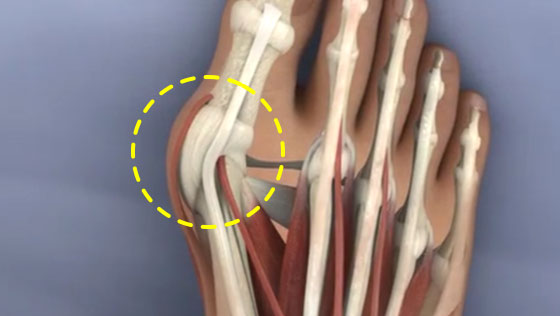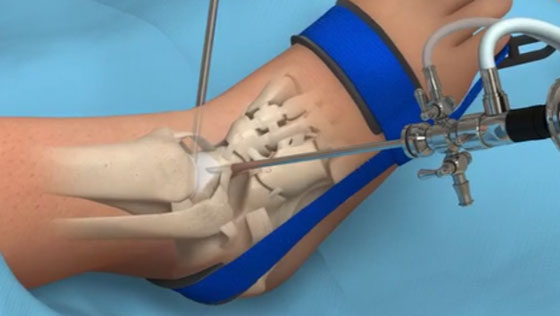What is Plantar Fasciitis?
Plantar fasciitis is inflammation of the plantar fascia, which is the thick band of tissue on the sole of the foot that connects the heel to the toes.
- Plantar fasciitis is the most common cause of heel pain, accounting for an estimated 1 million patient visits per year[1]
- Approximately 11-15% of all foot symptoms requiring medical care can be attributed to plantar fasciitis[1]
- More than 17% of the running population is affected by plantar fasciitis[2]
- In the non-athletic population, body mass index (BMI) is the highest risk factor for developing plantar fasciitis[2]

Anatomy
The plantar fascia is a thick, fibrous band of tissue on the sole of the foot that connects the calcaneus bone (heel bone) to the bones at the base of the toes. The plantar fascia supports the arch of the foot, provides shock absorption, and is important for proper mechanics during foot and ankle movement.
Expert Insights
What is Plantar Fasciitis? - J. Carr Vineyard, MD
What is the Cause of Plantar Fasciitis?
The plantar fascia bears significant weight and strain from walking, running, and engaging in sports. The repetitive tension and stress from activity and weight bearing can lead to microtears in the plantar fascia, causing inflammation and pain. Plantar fasciitis is often considered a degenerative and chronic condition.
Factors that can lead to plantar fasciitis include:
- A change or increase in activity level
- Engaging in high impact or repetitive activity such as running
- Prolonged standing or walking
- Individual anatomy such as a high arch, flat foot, or foot alignment problems
- Obesity
- Wearing unsupportive footwear
What are the Symptoms of Plantar Fasciitis?
The symptoms of plantar fasciitis commonly include:
- Intense pain in the sole of the foot, most commonly near the heel
- Greater pain after periods of inactivity (such as the first steps after waking up)
- Greater pain with little or no foot support (barefoot or wearing unsupportive footwear)
How is Plantar Fasciitis Treated?
The majority of individuals who suffer from plantar fasciitis can successfully resolve symptoms through nonsurgical techniques such as:
- Stretching focused on the plantar fascia and calves
- Rest and activity modification
- Ice and use of anti-inflammatory medication to reduce inflammation
- Physical therapy
- Use of supportive shoes or orthotics to reduce tension on the plantar fascia
- Use of night splints to stretch the plantar fascia while sleeping
- Steroid injections to reduce inflammation
- Shock wave therapy to promote healing in the plantar fascia
Most individuals recover from plantar fasciitis through aggressive nonsurgical treatment in approximately one year. In rare cases, surgical intervention may be necessary to address plantar fasciitis that cannot be resolved with nonsurgical measures.
Surgery for plantar fasciitis includes:
- Gastrocnemius recession: surgical lengthening of the calf muscle (gastrocnemius) to reduce tension on the plantar fascia
- Plantar fascia release: a portion of the plantar fascia is cut to reduce tension
Find an Orthopedic Doctor in Your Area





